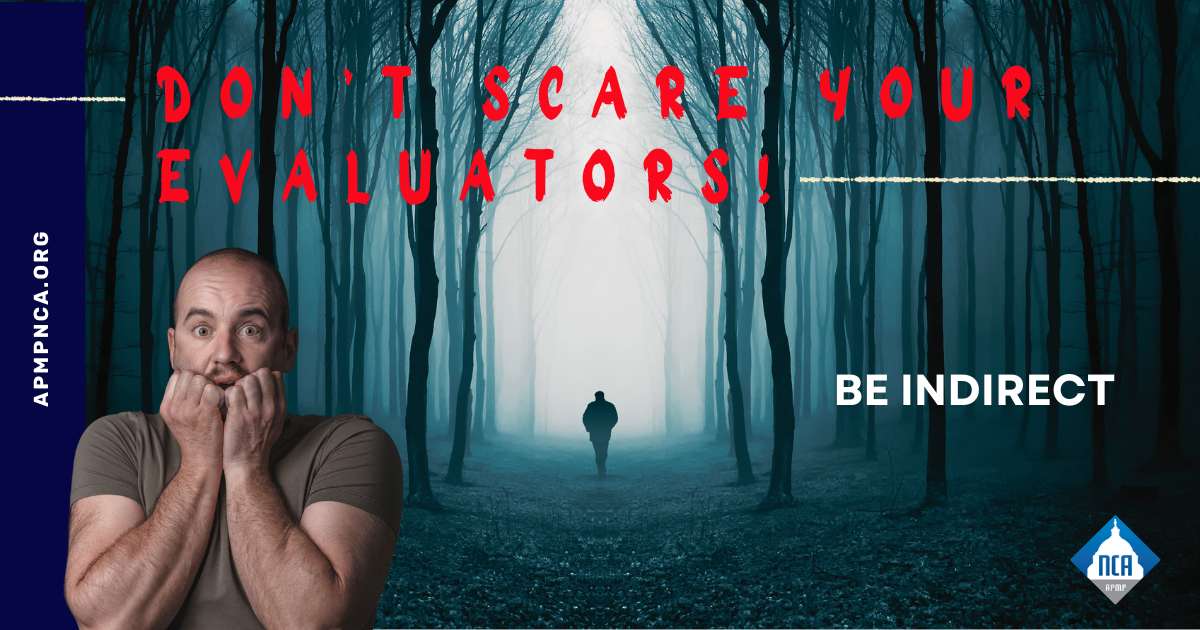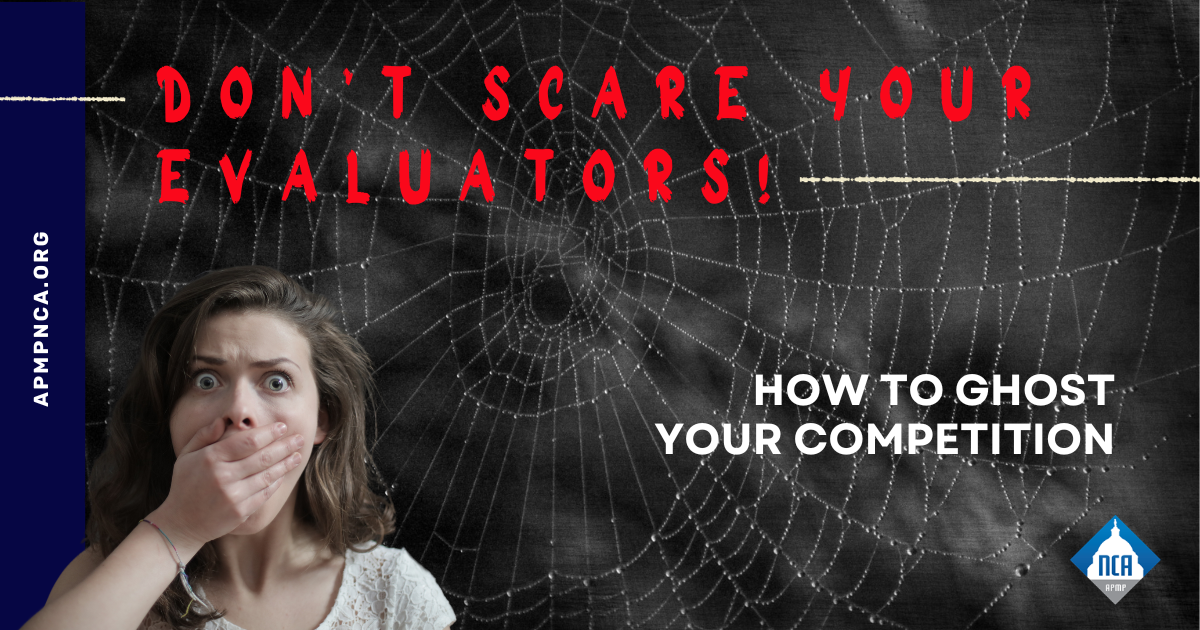Ghosting: Shipley defines ghosting as “a proposal tactic where you highlight a competitor’s weakness or downplay their strengths without naming them.”
Ghosting the competition is a very effective proposal tactic for positioning your company as the best choice for the customer. By dropping subtle hints, you can highlight your value, impact your evaluation score and even increase your chances of winning big. However, there are some risks.
Here are a few tips on how to ghost the competition fairly and successfully.
#1 Do your research
 Research improves our understanding and reveals our unique advantages, as well as any potential obstacles to winning. And it’s impossible to ghost successfully without understanding your competition inside and out.
Research improves our understanding and reveals our unique advantages, as well as any potential obstacles to winning. And it’s impossible to ghost successfully without understanding your competition inside and out.
First, however, begin with your customer. What are their pain points? Their biggest challenges? What are they trying to achieve? Once you understand what your customer is looking for, you can research the competition to position your company as the solution to their problems.
For example, based on this understanding of the customer, and how they’ll score your proposal, research your competition:
-
Compare Companies. Identify their strengths and weaknesses. Why are they popular? Is it their product? Their delivery?
-
Compare Solutions. Identify their strengths and weaknesses. Why is it popular? Functionality? Adoption?
-
Compare Experts. Identify their experience and expertise. Why is it valuable? How are they making a difference?
-
Compare Customers. Identify their customers. Why are they popular in these markets? Is it tailored for these markets? For their individual challenges or size and complexity?
-
Compare Pricing. Identify their pricing model. Does it vary by market or customer? Do they typically “give away” features they do not offer out of the box?
-
Compare Reviews. Identify their online reviews. What are the customers saying? What do they like and dislike about the product and provider?
Caution. Be open to learning and understanding; it’s easy to research what you already think you know about the competition. Don’t get caught in misinterpretation and bias – look at all of the data.
#2 Identify your Key Differentiators

Now that you have a better understanding of how your competition will score, align their weaknesses with the customer’s evaluation criteria. This will reveal your strengths – and how to turn your weaknesses into opportunities to ghost the competition.
For example, if these were the customer’s “hot buttons” –
-
Experience. Do customers cite project obstacles or delays? Note why your experience is preferable by highlighting your strength; your experience consistently keeps projects on track.
-
Ease of Use. Do customers struggle to use and adopt the competitor’s solution? Note why your solution is preferable by highlighting your strength; your customers consistently share ease of use in their case studies and independent reviews.
-
Customer Service. Do customers complain about the competitors’ customer service? Note why your customer service is preferable by highlighting your strength; a lower churn rate due to your customer success program.
Caution. Just remember, your customer has done their research too, and also has an opinion. Be sure to understand their motivations, and who might have their ear. It might just color their impression of your proposal.
#3 Be Indirect
 Ghosting is not about casting aspersions. Naming names, false or misleading claims and negative statements will backfire. And if not done carefully, you might end up showcasing your weaknesses instead of the weaknesses of your competition.
Ghosting is not about casting aspersions. Naming names, false or misleading claims and negative statements will backfire. And if not done carefully, you might end up showcasing your weaknesses instead of the weaknesses of your competition.
That’s why you’re going to be indirect; focus on highlighting your strengths and explaining how they can help the customer achieve their goals. For example:
Instead of, “The competitor’s software is unreliable.”
Say, “Our software includes guaranteed uptime, so you never have to worry about losing access to your information.”
Instead of, “The competition has a history of project overruns.”
Say, “Our projects are always on time and on budget.”
Instead of, “Our competitor’s customer service leaves customers in the lurch.”
Say, “Our Customer Success Managers are on call, so you can always reach the help you need when you need it.
Caution: Don’t forget to back up your claims with easy to find and understand data and evidence. Evaluators want proof to back-up their evaluation and defend their selection. For example, direct quotes support your claim and back up your work. Case studies showcase real-life success stories, and provide tangible evidence of your ability to deliver value.
When done well, ghosting the competition can become more than just a tactic; it can become an overarching theme of your proposal that anchors your strategy to your content development – and results in more engaging, compelling and high scoring proposals.

The Author:
Cheryl Smith is a Senior Content Writer with 20+ years of proposal and marketing management and writing experience for state, local and federal government. Shipley and Thomas Sant trained, she is valued for her insight, creativity and can-do attitude. Throughout her career, she has helped establish proposal centers and advised on capture strategy, coached orals and led knowledge management programs. Today, she writes for Xait and serves as APMP National Capital Area’s Social Media Chair. When she’s not sharing her passion at work, she loves to draw and cook and explore the Virginia woodlands with her husband and their dog Chase.




Leave A Comment